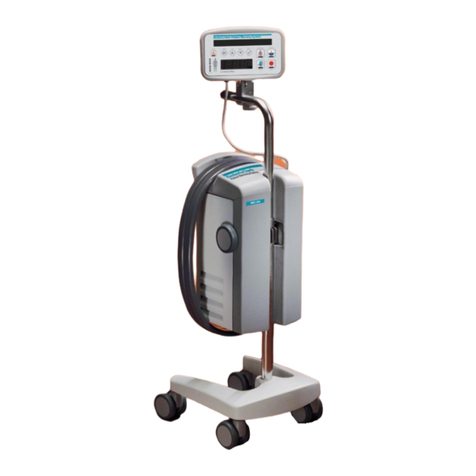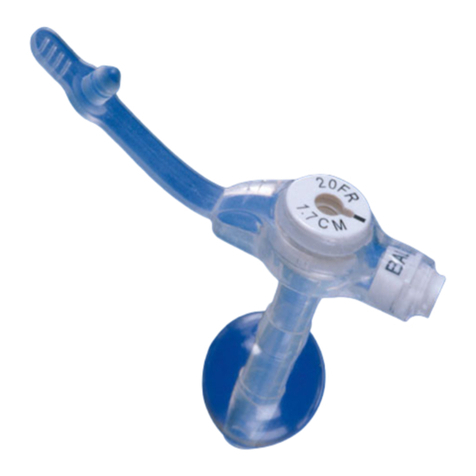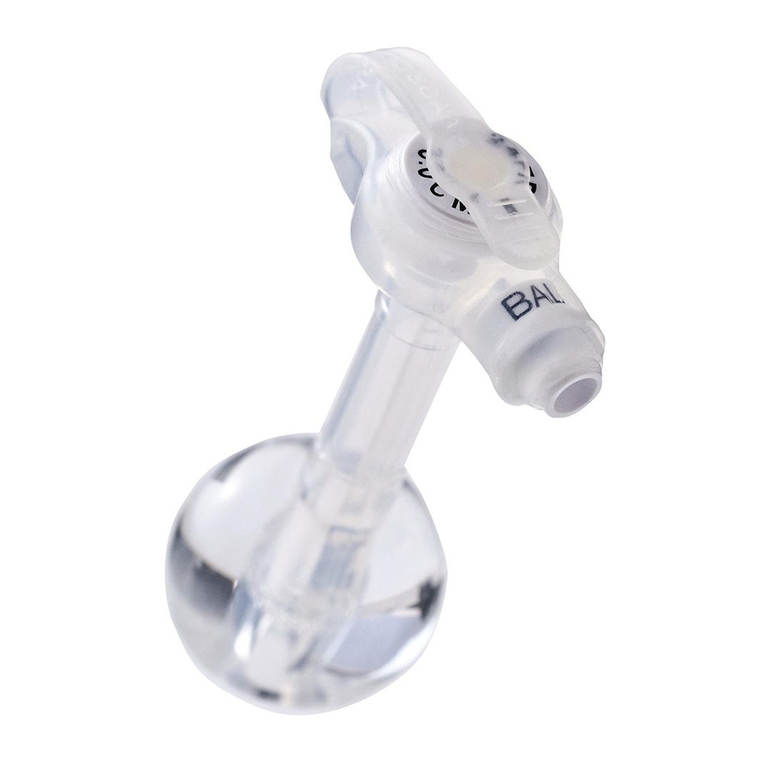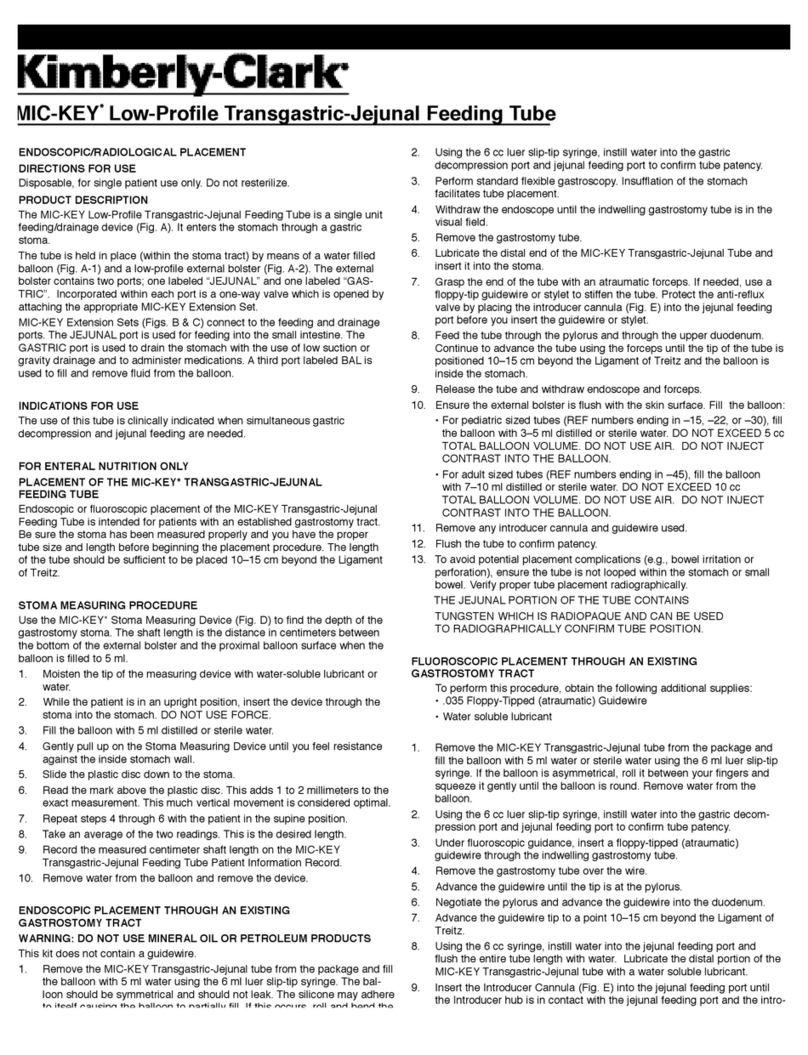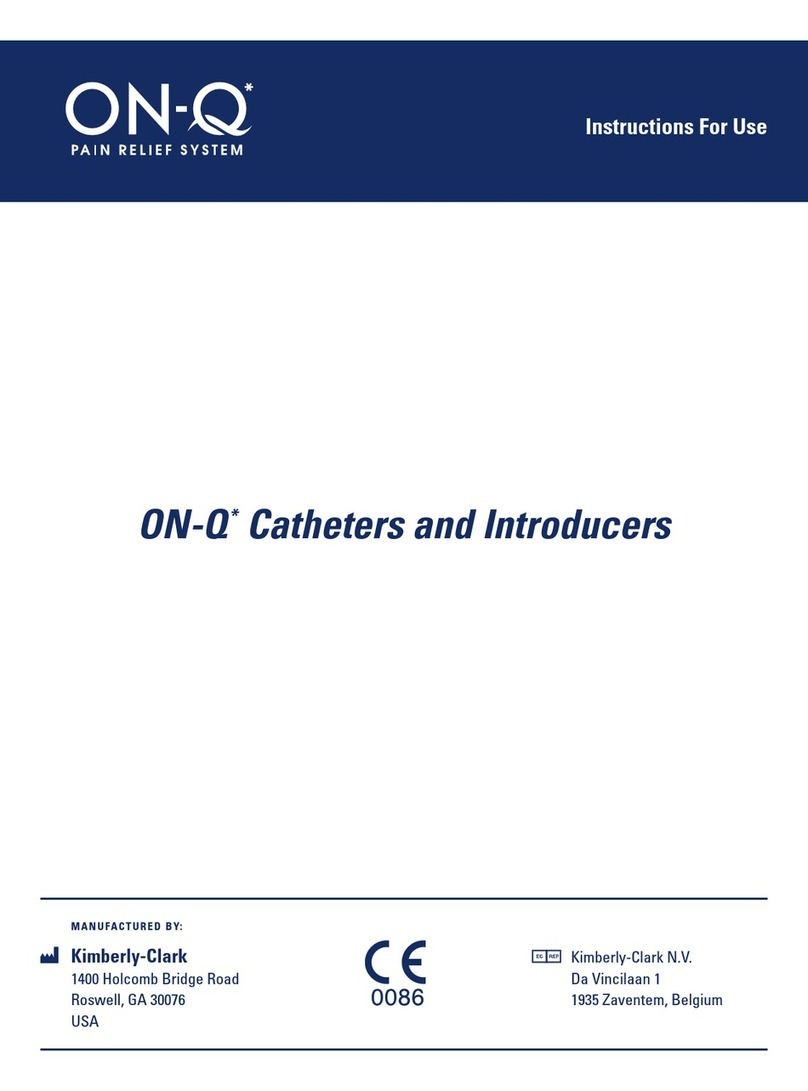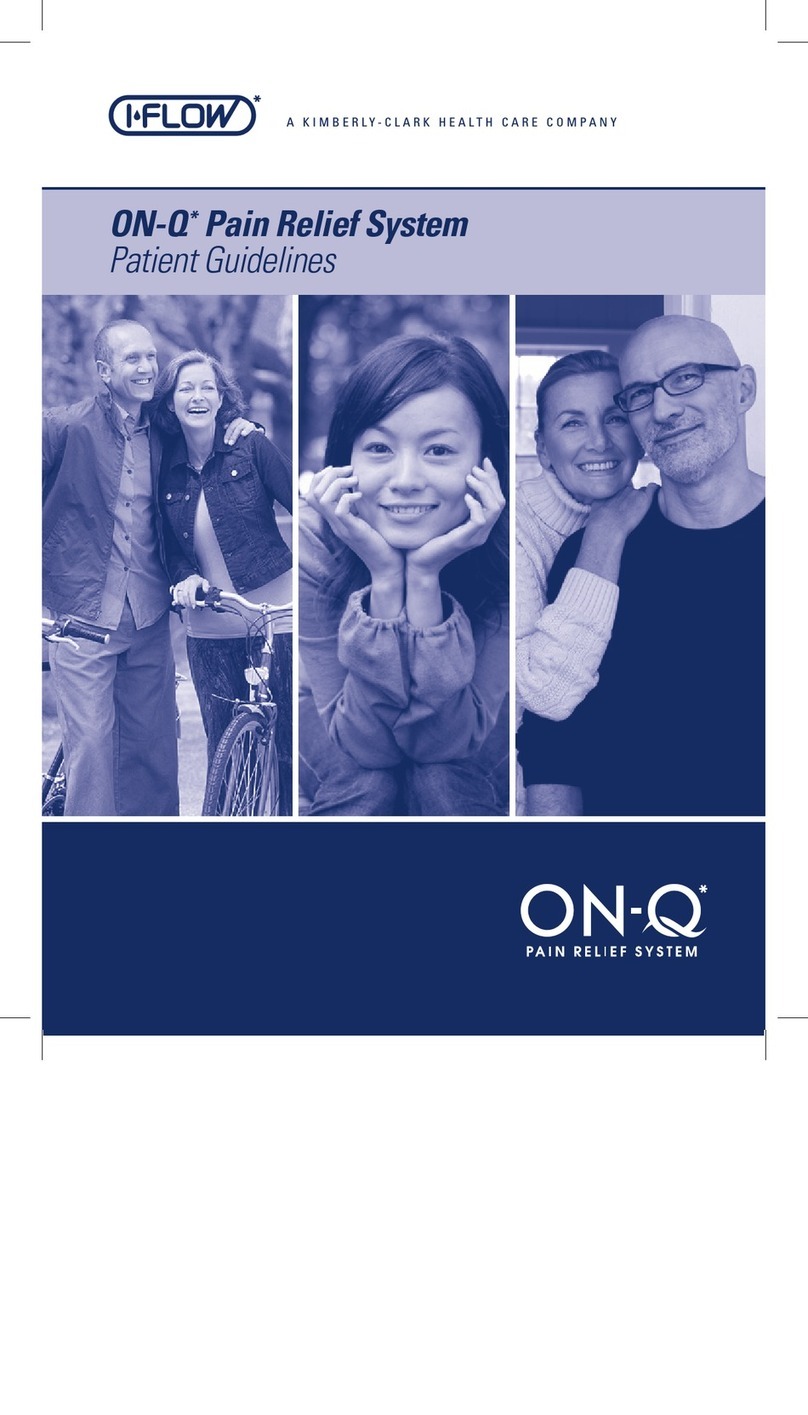
025-0169-311 Revision: B Page 1 of 52
Table of Contents
1Introduction ........................................................................................................................................................................4
1.1 Glossary Of Terms....................................................................................................................................................4
2Indicated Use.......................................................................................................................................................................5
3Warnings And Precautions...............................................................................................................................................6
3.1 Warnings....................................................................................................................................................................6
3.2 Precautions ................................................................................................................................................................ 6
4Installation...........................................................................................................................................................................7
4.1 Preparing The Generator For Use...........................................................................................................................7
4.2 Mains Power Cord ....................................................................................................................................................7
4.3 Generator Cleaning And Disinfection Instructions................................................................................................7
4.4 When you get a new Generator................................................................................................................................8
4.5 Generator Maintenance Schedule............................................................................................................................8
4.6 Compatible Accessories ............................................................................................................................................8
5User Interface Overview ....................................................................................................................................................9
5.1 Front Panel Displays, Controls, and Connections..................................................................................................9
5.2 Rear Panel Displays, Controls, and Connections.................................................................................................11
6Factory Set Defaults .........................................................................................................................................................12
7Displays..............................................................................................................................................................................13
7.1 System Initialization, Power-On-Self-Test (POST), and STANDBY States ......................................................13
7.2 PLACEMENT State................................................................................................................................................15
7.3 READY States .........................................................................................................................................................18
7.4 ON States .................................................................................................................................................................25
7.5 DONE States............................................................................................................................................................31
7.6 SAVE SETTINGS State ......................................................................................................................................... 32
7.6.1 Example Display_________________________________________________________________________32
7.7 ADVANCED SETTINGS Mode............................................................................................................................32
7.7.1 ADVANCED SETTINGS Mode - STIMULATION SETTINGS State _______________________________32
7.7.2 ADVANCED SETTINGS Mode– LESION SETTINGS State______________________________________33
7.7.3 ADVANCED SETTINGS Mode – COOLED RF SETTINGS State _________________________________34
7.7.4 ADVANCED SETTINGS Mode – TRANSDISCAL SETTINGS State ______________________________35
7.7.5 ADVANCED SETTINGS Mode – RFA SETTINGS State ________________________________________36
7.7.6 ADVANCED SETTINGS Mode - IDL SETTINGS State _________________________________________37
7.7.7 ADVANCED SETTINGS Mode – AUDIO SETTINGS State______________________________________37
7.7.8 ADVANCED SETTINGS Mode – LANGUAGE SETTINGS State _________________________________38
7.8 Special Event States ................................................................................................................................................ 39
7.8.1 Recoverable Errors _______________________________________________________________________ 39
7.8.1.1 Display........................................................................................................................................................ 39
7.8.1.2 Settings ....................................................................................................................................................... 39
7.8.2 Non-Recoverable Faults ___________________________________________________________________39
7.8.2.1 Display........................................................................................................................................................ 39
7.8.2.2 Settings ....................................................................................................................................................... 39
8Technical specifications....................................................................................................................................................40
8.1 Impedance Measurement .......................................................................................................................................40
8.2 Stimulation...............................................................................................................................................................40
8.3 RF Output................................................................................................................................................................40
8.4 Measurement Accuracy (at time of manufacture) ............................................................................................... 40
